Archaeology & History
September 30, 2023 · 136 comments
136 comments
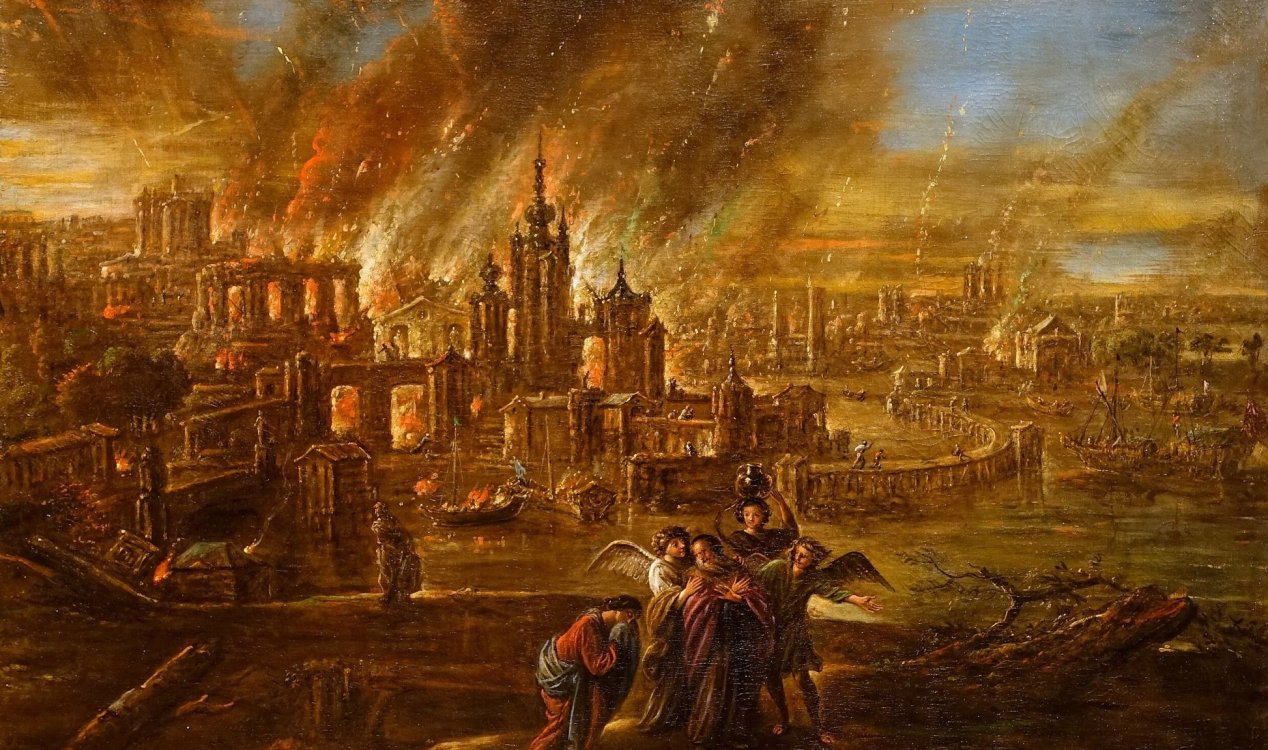
Were Sodom and Gomorrah destroyed by an asteroid ? Image Credit: Public Domain
While many scholars have since dismissed the more divine aspects of these events, archaeologists have been finding an increasing body of evidence to suggest that not only did these cities exist, but that they may have genuinely been destroyed in some sort of apocalyptic event.
Most recently, excavations in Jordan have turned up evidence suggesting that Sodom may have been the victim of a devastating asteroid impact that was more powerful than an atomic bomb.
Dr. John Bergsma - a theology professor at Ohio's Franciscan University - has long believed that there is sufficient evidence to suggest that the ancient city of Tell el-Hammam - which is also located in Jordan - was destroyed by some form of catastrophe.
Such evidence includes signs of extreme heat on pottery and human remains - a telltale sign of some form of natural disaster. The city had also been prospering for some time beforehand and this seemed to have stopped very abruptly. There was also no sign of a military invasion.
The findings lead Dr. Bergsma to reconsider the biblical story of Sodom and Gomorrah and the possibility that they, like Tell el-Hammam, may have been destroyed by a devastating asteroid strike.
If true, it would provide the inspiration behind the biblical story and explain what fate befell the region and its inhabitants several thousand years ago.
Source: Jerusalem Post | Comments (136)
Biblical city was destroyed by an asteroid, evidence suggests
By T.K. RandallSeptember 30, 2023 ·
 136 comments
136 comments
Were Sodom and Gomorrah destroyed by an asteroid ? Image Credit: Public Domain
New excavations in Jordan have revealed evidence to suggest that the city of Sodom was destroyed by an asteroid impact.
In the Book of Genesis, the cities of Sodom and Gomorrah were completely destroyed by way of fire and brimstone in response to the sins of their inhabitants.While many scholars have since dismissed the more divine aspects of these events, archaeologists have been finding an increasing body of evidence to suggest that not only did these cities exist, but that they may have genuinely been destroyed in some sort of apocalyptic event.
Most recently, excavations in Jordan have turned up evidence suggesting that Sodom may have been the victim of a devastating asteroid impact that was more powerful than an atomic bomb.
Such evidence includes signs of extreme heat on pottery and human remains - a telltale sign of some form of natural disaster. The city had also been prospering for some time beforehand and this seemed to have stopped very abruptly. There was also no sign of a military invasion.
The findings lead Dr. Bergsma to reconsider the biblical story of Sodom and Gomorrah and the possibility that they, like Tell el-Hammam, may have been destroyed by a devastating asteroid strike.
If true, it would provide the inspiration behind the biblical story and explain what fate befell the region and its inhabitants several thousand years ago.
Source: Jerusalem Post | Comments (136)
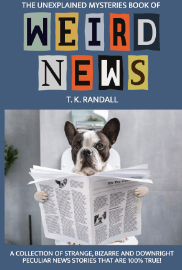
The Unexplained Mysteries
Book of Weird News
AVAILABLE NOW
Take a walk on the weird side with this compilation of some of the weirdest stories ever to grace the pages of a newspaper.
Click here to learn more
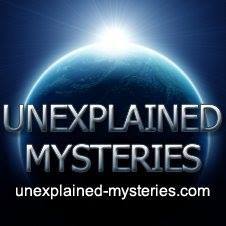
Support us on Patreon
BONUS CONTENTFor less than the cost of a cup of coffee, you can gain access to a wide range of exclusive perks including our popular 'Lost Ghost Stories' series.
Click here to learn more
Spirituality, Religion and Beliefs
UK and Europe
Israel, Palestine and the Middle-East
United States and the Americas
Total Posts: 7,775,036 Topics: 325,365 Members: 203,854
Not a member yet ? Click here to join - registration is free and only takes a moment!
Not a member yet ? Click here to join - registration is free and only takes a moment!













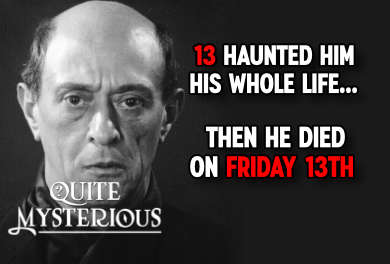
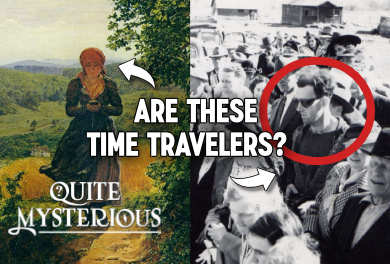
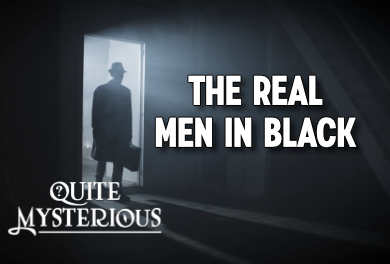


















Please Login or Register to post a comment.